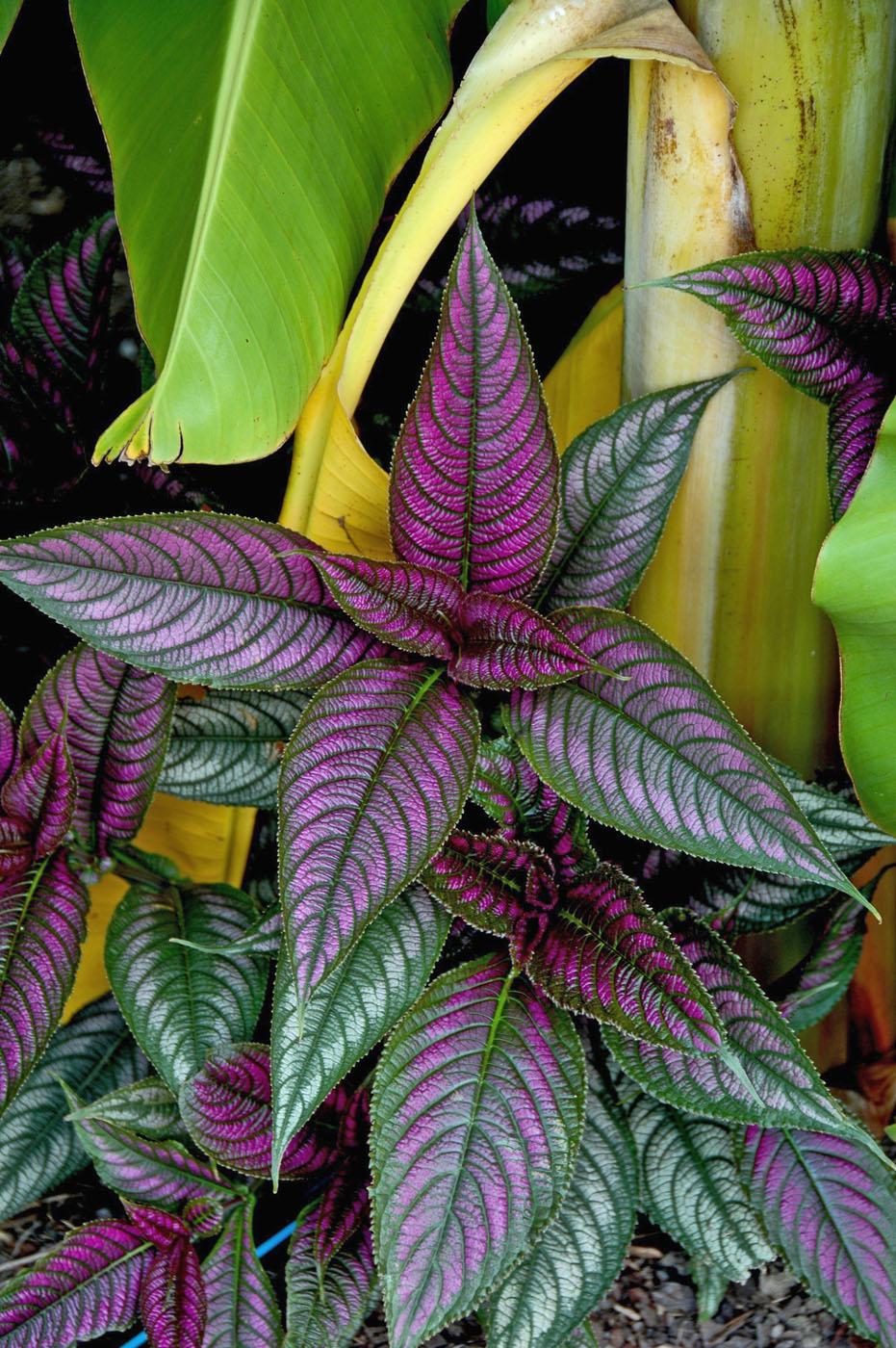Information Possibly Outdated
The information presented on this page was originally released on January 1, 2009. It may not be outdated, but please search our site for more current information. If you plan to quote or reference this information in a publication, please check with the Extension specialist or author before proceeding.
Acanthus wins the 2008 family of year
By Norman Winter
MSU Horticulturist
Central Mississippi Research & Extension Center
I've decided to go where no garden writer I know of has gone before and give a “Family of the Year” award for 2008. Time magazine recognizes people of the year and Barbara Walters lists her 10 most interesting. I want to recognize the Acanthus family as my “Family of the Year.”
I was inspired to give this award this fall when a couple from Brookhaven sent me a photo of a 4- to 5-foot-tall plant with the most amazing blooms I have ever seen. They wanted me to identify it.
The hot pink iridescent blooms were really bracts about 12 inches tall by 6 inches wide. After a little research, I found it to be the Brazilian red cloak. Only a scientist could love its botanical name, Megaskepasma erythrochlamys. It is native to the rainforest areas of Central and South America, and it is in the Acanthus family.
Remarkably, this was a zone 10 tropical happily blooming in zone 8. The Acanthus family may be like yours, packed with over achievers. It also is a family that likes to share and provide for others. Hummingbirds treasure the Brazilian red cloak, the yellow shrimp plant, Pachystachys lutea, Mexican shrimp plant, Justicia brandegeana, and firespike, Ondontenema strictum.
You could say this family is a little misunderstood, perhaps like your family. Its name means “spine” or “thorn,” and you might be wondering who would want a bunch of plants with thorns. But no doubt like your family it is diverse, with herbs, aquatics, vines, shrubs, trees and a mangrove. Bear's breeches will give you a sharp pain with its thorns, but most of the others are harmless.
The acanthus family is bi-sexual. Before you go look up this word on the Internet, let me explain that in the plant world it means these are perfect flowers with male and female parts. Some plants in the acanthus family have such irresistible foliage that we could care less if they bloom at all.
Persian Shield, Strobilanthes dyeranus, with iridescent purple and silver, Ellen Sanchezia speciosa, with green with yellow zebra stripes, and Chocolate, Graptophyllum pictum, with chocolate, cream and pink variegation, are just a few that everyone should include in their gardens.
The acanthus family is not without their “Uncle Buck” who is gregarious and talented, but just a little bit goes a long way. The Mexican petunia, Ruellia brittoniana, is that Uncle Buck -- treasured where winters keep it in check and scorned where it multiplies and spreads rampantly. Most people will secretly admit the glowing blue, iridescent blossoms are intriguing.
Like your family, the Acanthus family has those with a little more athleticism. These are the vines or Thunbergias, the climbers that can leap tall trellises or arbors. You may be familiar with those we call black-eyed Susan vines or clock vines, Thunbergia alata. They are predominately orange or yellow but new varieties in recent years have given some really exotic colors. The blues of Brazilian sky flower, Thunbergia grandiflora, and Blue Glory, Thunbergia battescombeii, have gardeners mesmerized.
The acanthus family has so much to offer from foliage to flowers and from short plants to climbing vines. There are no wallflowers here; each is a standout. I hope you will explore their uses for your home landscape.








